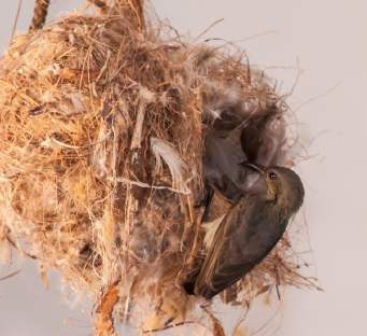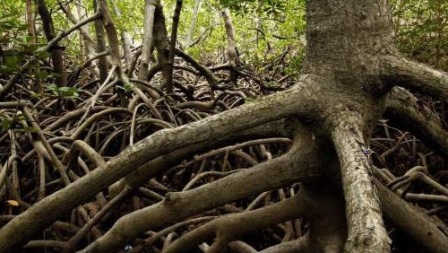Aldabra’s landbirds: Flurry of breeding activity in the rainy season



The north-west monsoon season is a busy period for Aldabra’s avian inhabitants. The higher monthly rainfall between November and April substantially increases the productivity of this otherwise extremely dry, terrestrial ecosystem, and with more rainfall comes a greater availability of food in the form of flowering and fruiting plants and all the other life forms supported by plants. Aldabra’s eleven endemic species and subspecies of landbird use this time of comparative bounty to concentrate on rearing the next generation, with mating activity and nesting attempts occurring from November to April.
For the effective conservation management of Aldabra’s landbirds, it is important that the nesting success of these species is quantified and the factors that limit recruitment are understood. Generally the trend of Aldabra’s landbird population sizes is increasing apart from the drongo population which remained stable; however, their population sizes are relatively small (i.e. in the hundreds or thousands) and are likely to be particularly vulnerable to environmental changes and random events. Nesting success and post-fledging survival is the main factor governing landbird population recruitment, and the Aldabra research team locates and regularly monitors nesting attempts on Picard island throughout the north-west season. This year, three endemic landbird species and subspecies are being focused on: the Aldabra drongo, Aldabra fody and souminga sunbird. More than 50 nesting attempts have been located thus far across a large area of southern Picard, with records kept of habitat type, nesting stage, nest contents, adult activity, predation and failure cause. Happily, tens of sunbird chicks have successfully fledged, as has a (tricky to find) single drongo.
While a few fody nests are still in progress, a substantial number of those monitored have failed, more often due to nest collapse or abandonment than any evidence of predation.
The many potential Aldabra nest predators are mostly native species: coconut crabs, herons, Souminga sunbird © Adam Mitchell geckos, drongos, pied crows, coucals, rails, and kestrels; but introduced rats are also a major nest predator, so all successful fledglings have overcome unfavourable odds against their survival.
Improving knowledge of reproductive success and failure in Aldabra’s landbirds over the longterm helps us to assess impacts of potential and actual ecological changes, and provides baseline data that can inform conservation management decisions and understand whether interventions would assist or be unnecessary. In the next newsletter we will update our findings of this season and hope that there will be many more successful fledglings to report on completion of the monitoring in April.
Forrás: www. nation.sc